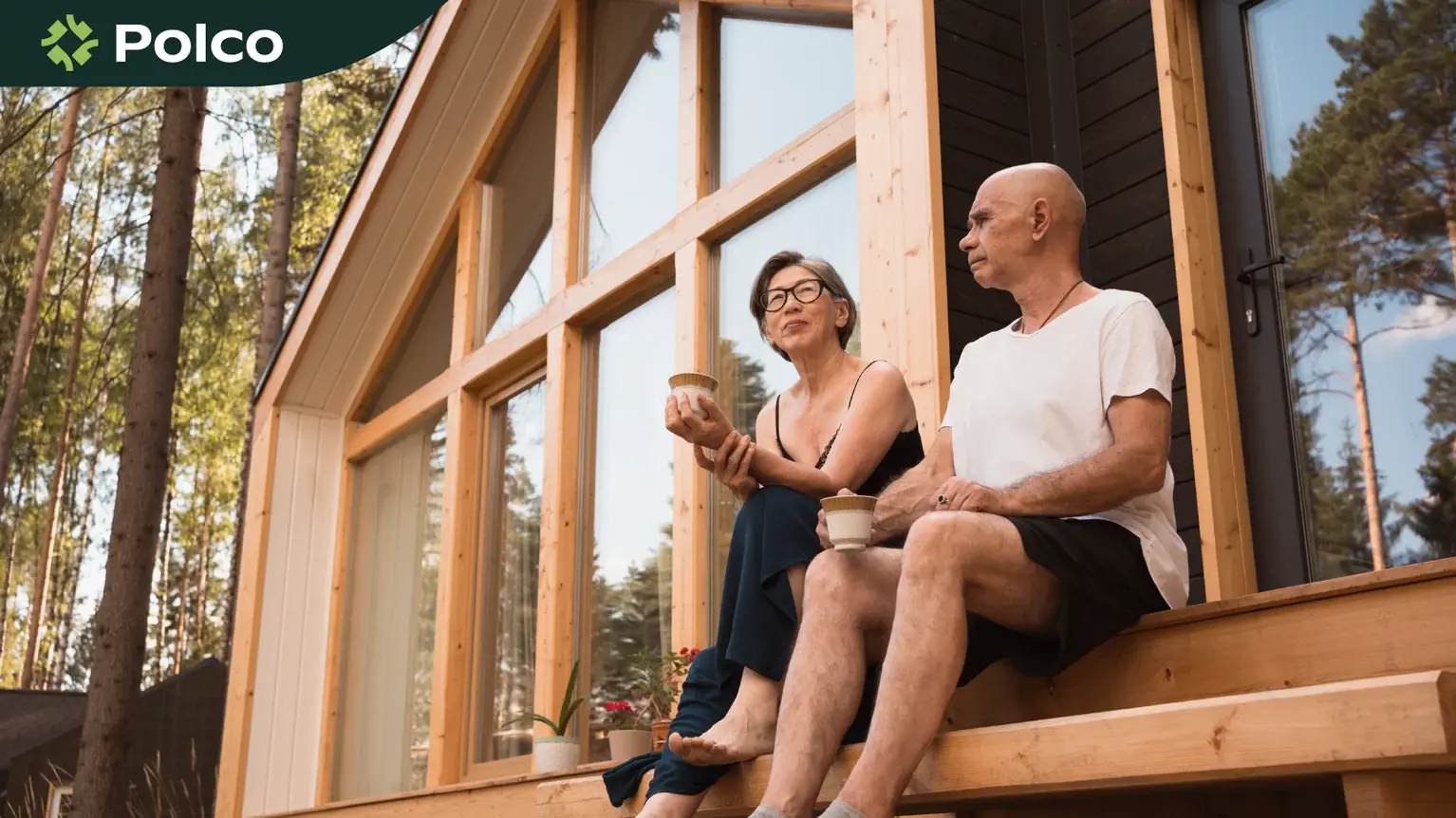6 Ways Local Governments Can Engage Young Adults
By Polco on December 11, 2020

Final Turnout Estimate from circle.tufts.edu
- By Cory Poris Plasch -
When we talk about hard to reach populations, young adults (ages 18 to 29) are one of the groups most often identified. From years of research by National Research Center at Polco, we know that to best engage young adults we often need to oversample this population to get representative results.
Even so, the 2020 presidential election has increased the number of young adults voting to an extent never seen before. Voter turnout projections estimated about a 10 percent increase from 2016 to 2020 for young Americans.
 Young voter turnout graph courtesy the Center for Information and Research on Civic Learning and Engagement (CIRCLE) at Tufts University.
Young voter turnout graph courtesy the Center for Information and Research on Civic Learning and Engagement (CIRCLE) at Tufts University.
How can we get young adults more involved with local government?
My son, a college student out of state, not only requested an absentee ballot, but also contacted me several times to see if it had arrived and requested I forward it as quickly as possible. He had never voted before, even though the polling place is literally next door to my house! Election day showed many other young adults also voting for the first time, regardless of political affiliation. Right now, when young people are extremely interested and willing to work around barriers to engagement, is the best time to reach out and encourage their participation with local government.
Leverage existing relationships.
In 2019 I worked with Texas Southern University to gather data from students at the Democratic Candidate debate held on campus. While there, I was approached by numerous students asking where “Dr. Mike,” a popular professor on campus, was. One student told me, “Dr. Mike said this was important, so I want him to know I’m here.” Every community has their own versions of Dr. Mike - people that young adults hold in high regard. Find those trusted leaders and work with them to engage young adults.
Engage young adults where they are.
Young adults are online, but they don’t generally spend their time on Facebook or your government website. Make sure that you include multiple channels in your outreach and really target where they are likely to be. Possible physical avenues to catch young folks’ attention include flyers in recreation centers, colleges, parks, and other places where they gather with friends. Popular social media avenues include Instagram, Snapchat and Twitter. If you’re not on these social media platforms, see if a community partner, like the local community college, can share your message for you.
Engage emerging groups of young adults.
Government studies is generally a graduation requirement for high school students in their Junior or Senior year, but often it focuses solely on the federal system. Contact your local high school and see if a presentation can be made about local government during class. This is a great opportunity to let a young city employee or intern share their excitement about local government. Seeing people closer to their age can help students relate to the profession and feel more comfortable about engaging with city leaders. They might even see local government service as a career goal.
Smartly use the power of peer relationships.
On the Polco platform, we have found that a great way to get young adults involved with surveys is to ask them to share links with their peers. This “snowball sampling” method can increase response rates from young adults.
Give them substantive matters to give input on.
Local governments often lack data regarding how their residents feel about decisions, from what amenities to put into a park to major policy decisions. Online surveys and poll platforms such as Polco open up the ability to get resident feedback in a referenceable and verifiable way. Respondents are giving you their time and attention, so use those resources well. Let residents know how you plan to use the results and follow up later to let them see the impact their input had on the final decision. Young people are much more likely to engage when they can see that their voices matter.
Ready to engage young adults in your community? Polco can help. Local governments can start by posting your own online polls, or choose from our survey library, at no cost. Create Free Account
Related Articles
Popular posts
Sign-up for Updates
You May Also Like
These Related Stories

How Virginia Makes Positive Impacts on Housing for Aging in Place

Bridging the Generation Gap: A Multigenerational Discussion

